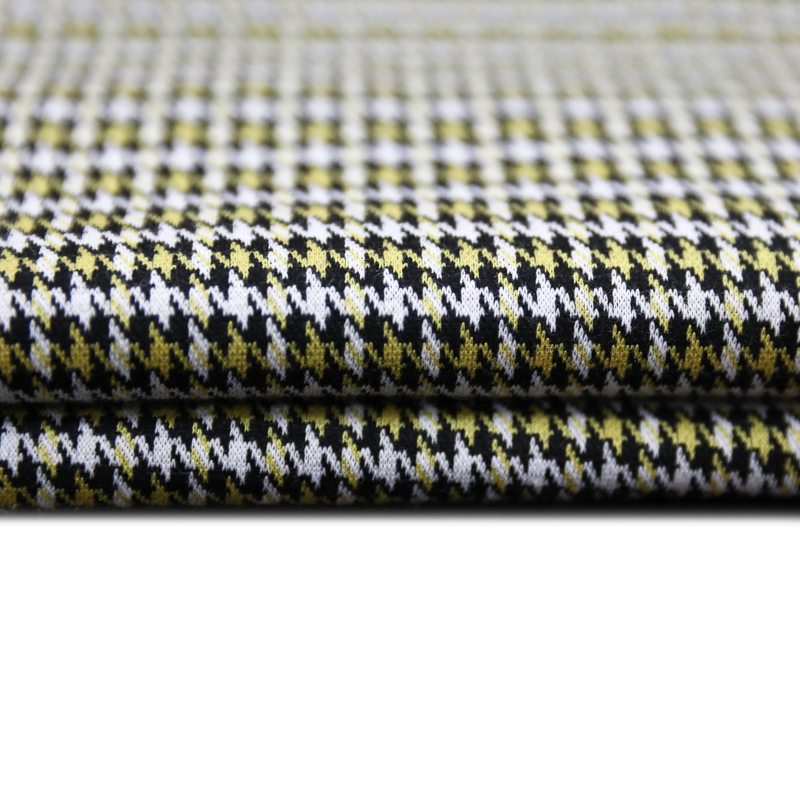 0571-82995618
0571-82995618 [email protected]
[email protected]- Wholesale Blended Fabrics Manufacturers
We all know that fabric generally refers to fabric, but we can't clearly distinguish the type of fabric, and many people have a lot of misunderstandings. I often hear people say that the plain four-piece suit is better than twill, some say that the jacquard fabric is better than satin, and some people say that satin is better than twill ...
All the above misunderstandings are caused by ignorance
01
Fabric concept
Fabric is a large class of products in textile fiber assembly, with a certain length, width and thickness, and the thickness is extremely small relative to the length and width of sheet-like objects.
02
Classification of fabrics
There are many ways to classify fabrics. Our most common classification is to distinguish them according to the way they are made, which can be divided into the following 5 types:
Woven fabrics, knitted fabrics, nonwoven fabrics, knitted fabrics, other tissues

03
for example
Today we will use this classification to roughly explain.
① Woven fabric
Our common woven fabrics are generally composed of yarns of warp and weft, which are interwoven with each other on a loom according to certain rules. It is the most widely used, we have plain weave, twill and satin cloth. Common looms used for woven fabric production are air-jet looms, rapier looms, water-jet looms and jacquard looms.
② knitted fabric
Knitted fabrics can be divided into warp knitted fabrics and weft knitted fabrics, which are fabrics composed of a single group or multiple groups of yarns connected to each other in a loop on a loom according to certain rules. We commonly have coral fleece, flannel, knitted T-shirts, socks, sweaters, etc.
Knitted fabric is made of a loop of one loop, so it has great stretchability and can be stretched into any shape.
Circular knitting machine
③Non-woven fabric (non-woven fabric)
Non-woven fabrics are what we usually call non-woven fabrics, which are directly woven and fixed by fibers without spinning. The most primitive non-woven fabric is wool felt made by early nomads.
The production principle of wool felt is to pour boiled water on the wool to make it entangled and fixed together, and then slowly roll it out with a wooden stick. For the required thickness, after the felt is cooled and dried, it becomes a good helper to keep warm and cold.
What are the common non-woven fabrics around us now?
Our shopping bags, diapers, wipes, packaging accessories, etc. are all made of non-woven fabrics. The technology of non-woven fabrics was only born in 1939. Its size is small, but it has a wide range of uses, low price and easy production, which greatly facilitates people's lives.
Non-woven workshop
④Knitting
The friends who grew up in the village should be no strangers. The back basket, the side vegetable basket, bamboo sticks, and the straw mats made by ourselves are all woven fabrics. Some ingenious little girls also made bags, knots and collaterals by themselves.
⑤Other fabrics
In addition to the above fabrics, there are some relatively unpopular fabrics, such as woven and knitted combined fabrics, multi-axial fabrics, three-dimensional orthogonal three-dimensional fabrics, etc.
Multiaxial fabric
The fabric has a certain thickness, and it also has a temperature. We can't live without it in our lives. Learning to understand fabrics can help us live a better life and make our lives more warm.
Be a person with temperature.

Hangzhou Jinfeng Textile Co., Ltd